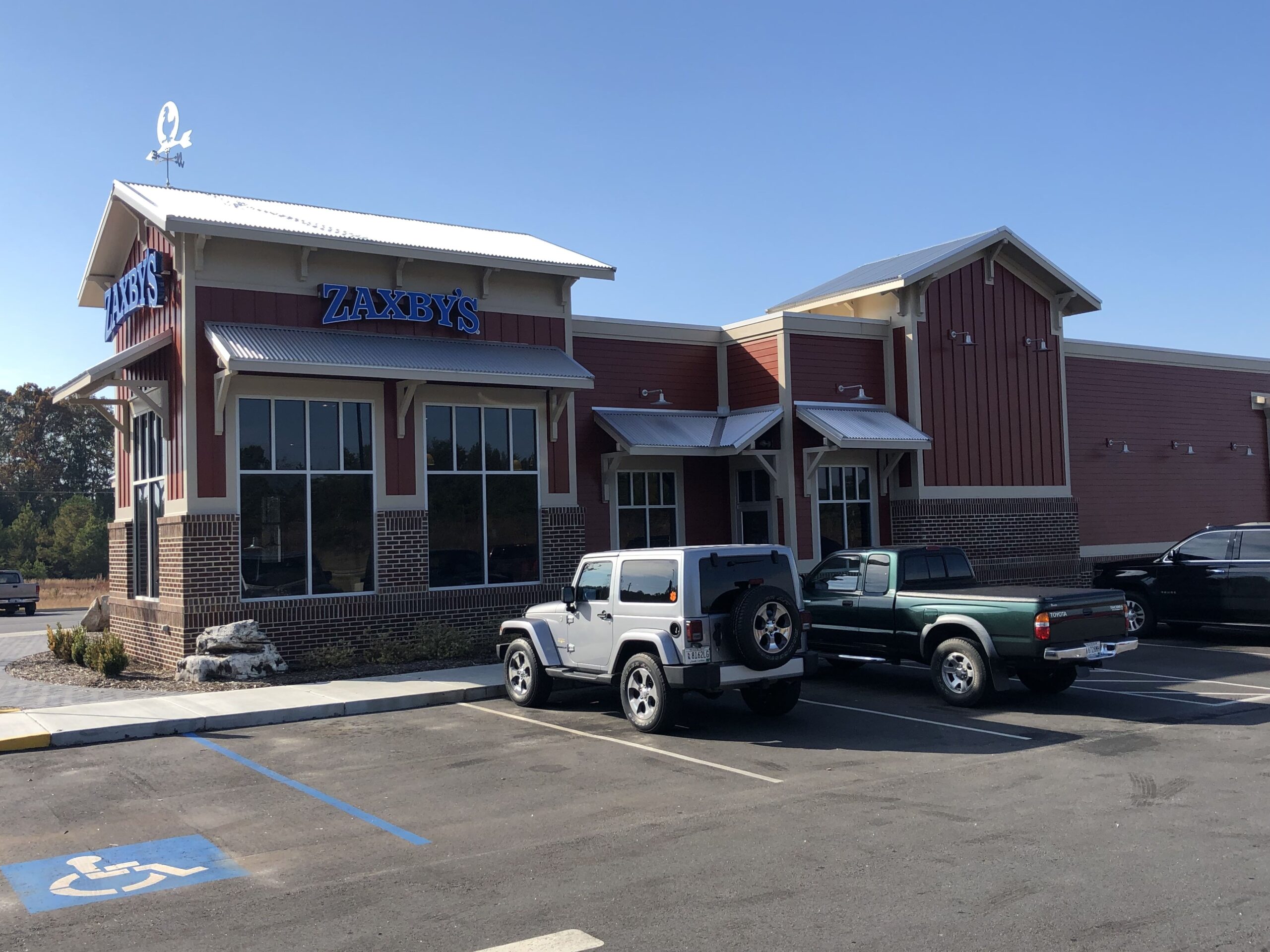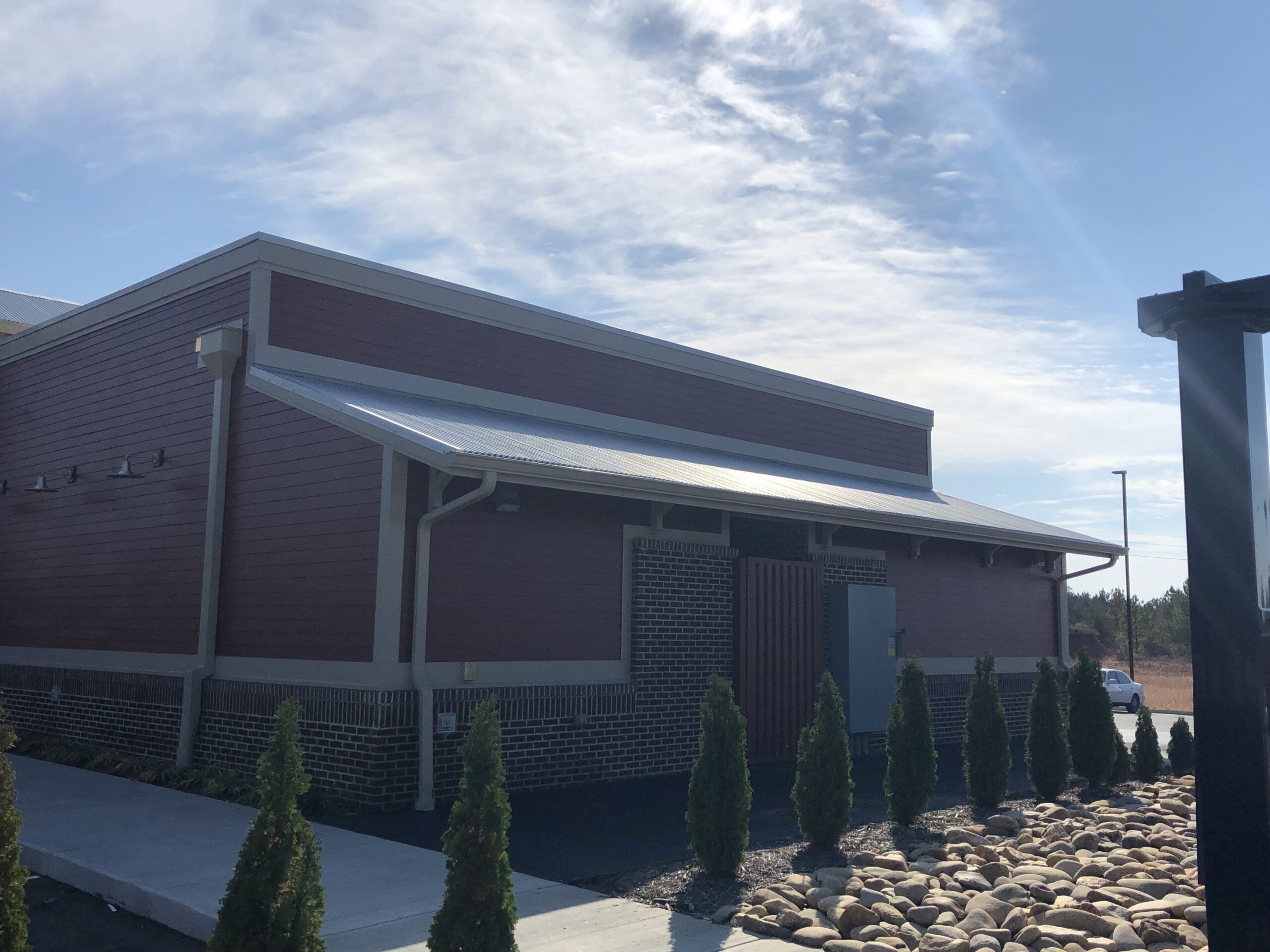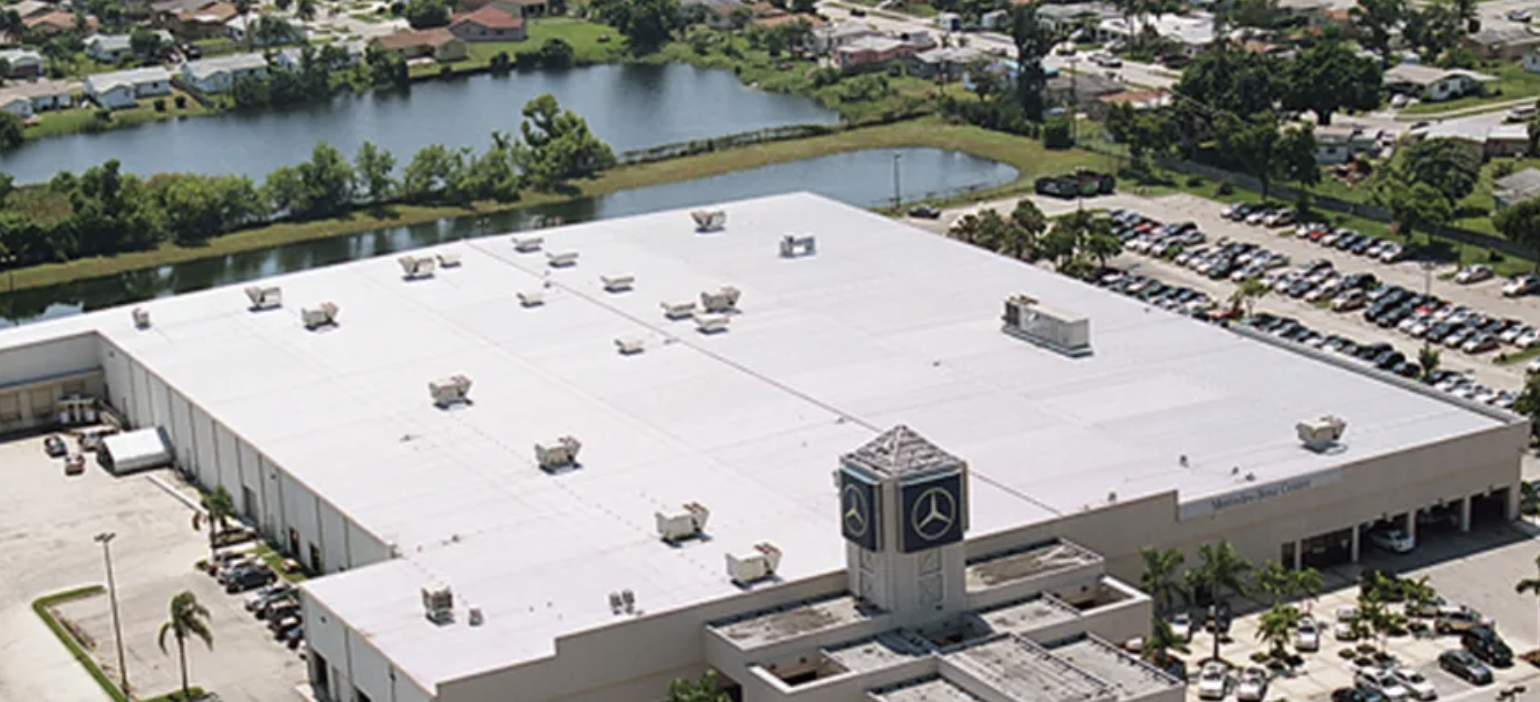


Flat roofs can encounter various problems, such as water buildup, blisters, thermal movement, or roof buckling. However, the most prevalent issue with flat roofs is the development of cracks. Without regular maintenance, these cracks become vulnerable points where water seeps in, gradually damaging the interior of your building. Therefore, it is crucial to address these common problems with flat roofs to ensure the longevity and integrity of your structure.
The lifespan of flat roofs can vary, usually ranging between 15 and 30 years. This duration depends on factors such as the materials used and the quality of installation. However, diligent maintenance and inspections can extend their lifespan. Eventually, the cost-effectiveness of repairs diminishes, making complete replacement a more convenient option. So, when it comes to flat roofs, how long is too long?
While some may think that maintaining flat roofs requires more attention compared to traditional sloped roofs, the truth is that taking care of this type of roofing system is not as daunting as it seems. All it takes is regular maintenance and proper care to keep it in optimal condition. With regular upkeep and proper care, these roofs can easily stand the test of time.
Well, let’s consider the removal process. However, with our professional roofing company, you can rest assured that our skilled flat roof experts will efficiently complete the job in just 2 to 3 days.
Homes with flat roofs often raise the question of whether they heat up more. While a flat roof offers advantages such as affordability and low maintenance, there is one notable disadvantage: heat retention. However, due to the popularity of flat roofs, manufacturers have developed various methods to minimize heat absorption.
